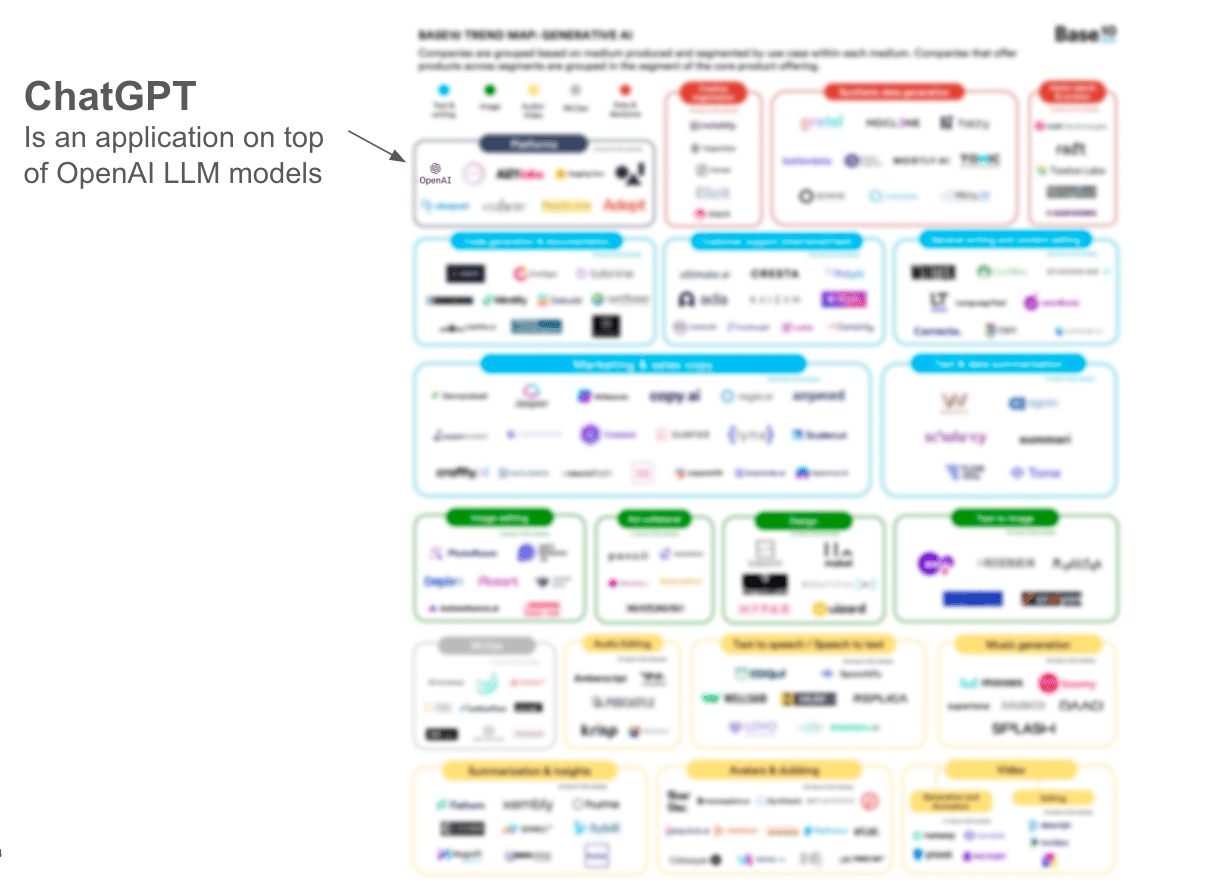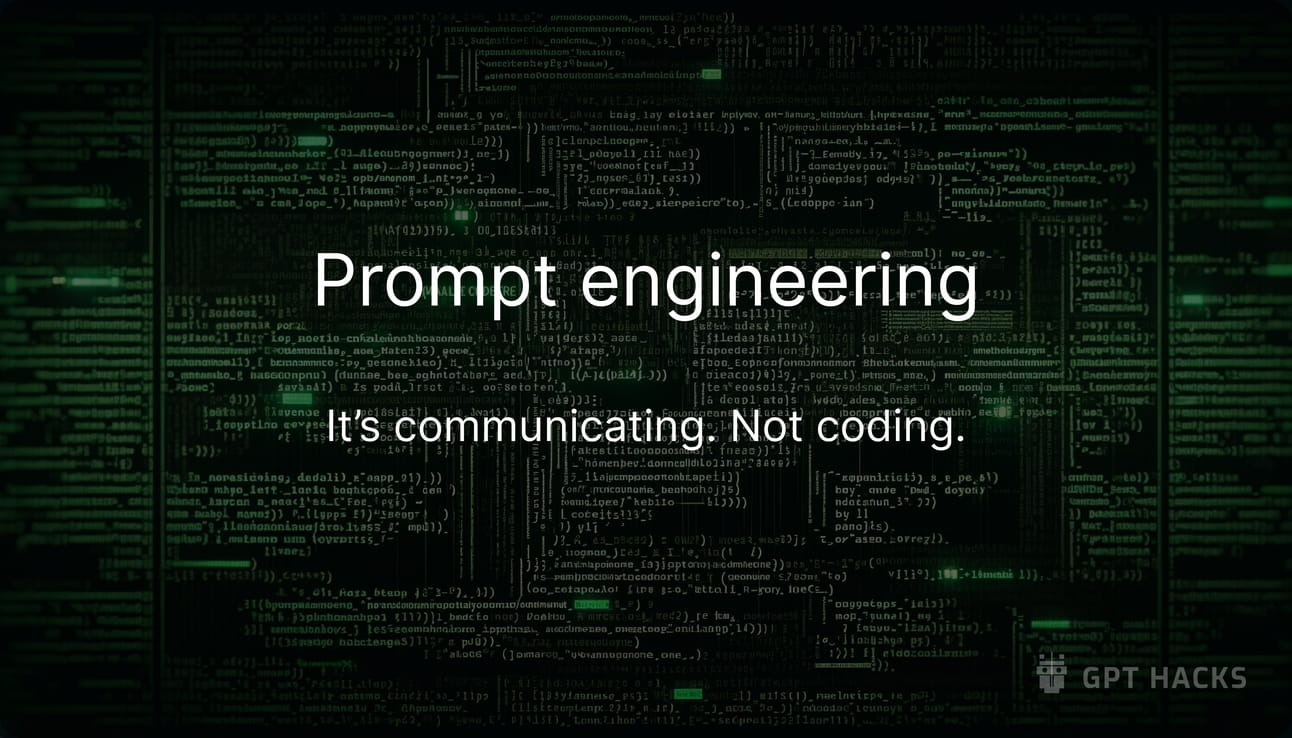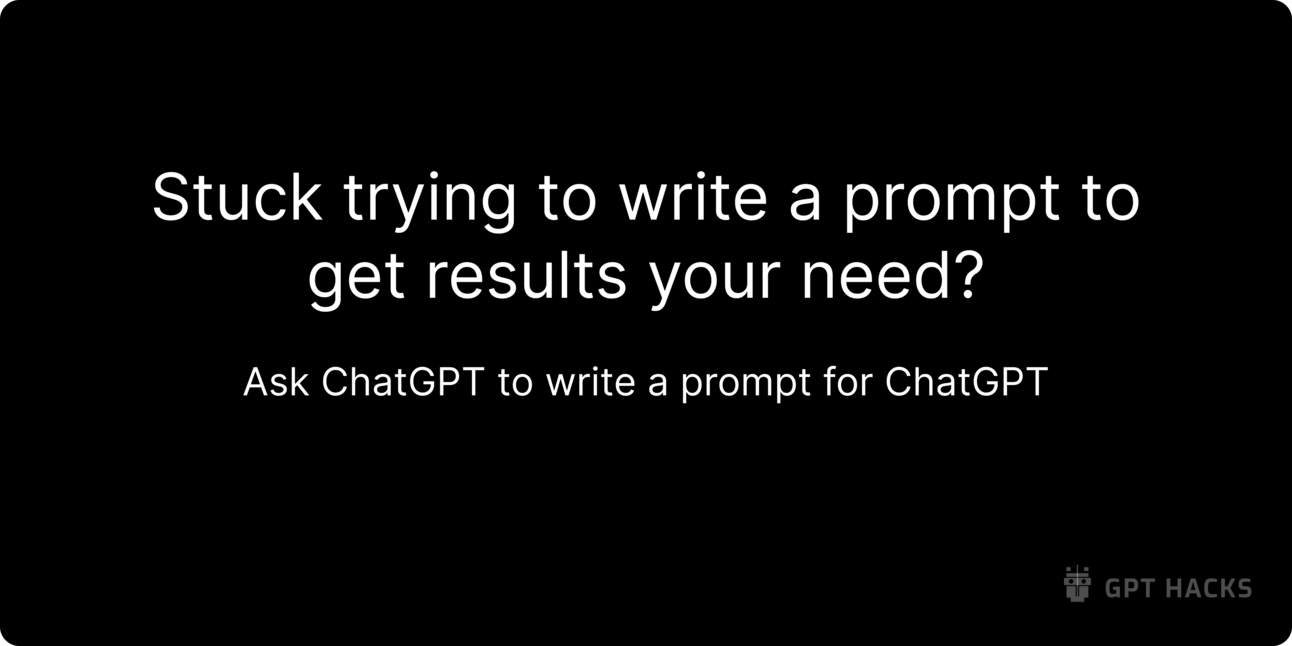GPT Hackathons Blueprint
Hey — It’s Hussein 👋
I know it’s been a while. Between a recent trip to Singapore, multiple product releases at Arta, and a busy schedule for the kids, it’s been difficult to find time to write. I am hoping to get back into a regular cadence soon! Thanks for sticking with me.
In other news, I’ve been holding a series of GPT Hackathons ✨, and the results have been great:
People who have tried ChatGPT but didn’t get the value will now understand the true power of this tool and have new skills that will immediately benefit their work.
Those who thought building GPTs or being a prompt engineer was reserved for only technical people will realize that is not the case.
In a matter of two hours, your team will have stronger prompting skills and have custom GPTs built to benefit your company right away.
Today, I will share my GPT Hackathon blueprint that you can use to run your own hackathon. If you need help or want me to run one for your team, hit reply, and let’s chat.
Before we begin… a big thank you to:
⦁Repurpose your long videos into viral short clips in minutes
⦁Try OpusClip - they have a free plan to get you started
⦁Used by over 5 million creators and businesses
GPT Hackathon Agenda
Here’s the agenda I follow:
Hackathon Introduction
Background on ChatGPT
Prompt Engineering 101
Introduction to GPTs
Timeblock to build GPTs (The hackathon)
GPT Demos
Let’s go into details for each section.
Hackathon Introduction
I kick off the session with a set of slides that introduce the hackathon and set an agenda for the next couple of hours. Since the topic of Chat GPT, GPT, Generative AI, and LLMs is very wide, I include a slide that level-sets what will be covered and what will not be covered in the training part of the hackathon. This is always tailored to the audience.
For example, if I have a strong engineering and technical presence in my audience, then I include a slide explaining that API integrations, building an LLM, model training, etc., are not part of the agenda and get that out of the way.
I also show this image to remind everyone that ChatGPT is just one tool in the generative AI landscape and that the team should look at all of the various tools launching in their space that can help them.

ChatGPT is just one example application of Generative AI
Background about ChatGPT
In the second section, I briefly discuss what ChatGPT knows and does not know. I also touch on how you can “expand” its training with prompt engineering, few-shot prompting, embeddings, and fine-tuning.
I’ve covered many of these topics in previous GPT Hacks articles. As a refresher:
What does ChatGPT know?
It knows what it is trained on (web, books, online forums, feedback loops, and more)
Knowledge cut off on April 2023
Science, History, Culture, Technology, Literatures, and more …
It knows how to recognize patterns
It knows how to understand the context of a conversation
It can figure out nuances in languages
How can you expand ChatGPT knowledge?
Prompt engineering
Embeddings
Fine-tuning
Prompt engineering 101
The term prompt engineering sounds a bit scary to most people, especially to those who are not technical. I take a moment to explain that prompt engineering is really not coding but communicating.

Prompt Engineering: It’s communicating - not coding.
I then show an example of a common prompt versus a prompt-engineered prompt:
Bad (but very common) prompt:
Create a sales plan focused on the launch of a new pro plan that will be launching in our app soon. Example of a well-engineering prompt:
Create a sales plan focused on the launch of a new pro plan that will be launching in our app soon.
The new pro plan has the following new features: [list all features]
Background info: Our amazing company is a [add details]
Instructions:
- The plan should optimize for number of new customers, instead of customers that already have an account.
- Define the primary and secondary target markets for the product and explain why these markets are the most likely to adopt the product.
- Break down the approach for introducing the product to the target markets.
- Give at 3 example marketing campaigns we can run on our social, newsletter and blog.
- Identity any additional channels we should explore.For avid GPT Hacks readers, this might be very obvious, but for most people, they are still surprised to see how much detail is included in the prompt.
At this point, I usually have the audience hooked, people leaning forward to read the prompt, and gears start to turn…
I then go through 10 quick tips to become a prompt engineer. I create a slide for each with examples:
Prompts must be specific. In this slide, I also introduce the concept that ChatGPT should be treated like an intern, not your copilot or boss.
Assign ChatGPT a role or persona. This gives it context.
Define sections within your prompt to structure it better.
Break up large prompts into multiple prompts and only ask for one task per prompt.
I give an example prompt that “leads the way” by writing the start of an answer in the prompt. The technical term for this is few-shot prompting.
I explain how you can ask for answers from specific sources or to a limited set of text. The technical term for this is retrieval-augmented generation or RAG.
I show how you can request citations and remind everyone to double-check sources.
I explain how ChatGPT “memory” works and why sometimes you should summarize previous parts of your conversation as you go. The technical term for this is prompt chaining.
I go through an example of a prompt engineering method called chain of thought and explain how you can get the AI to “think” before answering.
When you get an answer from ChatGPT, you can always ask if anything is missing from the answer to get more details.
✨ Pro tip: If you need a refresher visit the GPT Hacks archive as many of these topics have been covered before. As a start, review this non-technical guide to prompt engineering.
I also include a bonus slide that gives specific quick tips to the audience. I’ve done this for writers, marketers, and engineers.
For engineers:
Similar to content generation, the more details you provide the better.
E.g: relevant database table schemas, sample similar code from your project, project architecture, etc.
Request specific coding best practices or patterns.
Specifically request that the code pays attention to security vulnerabilities.
Request an explanation (or not) of the provided code.
If there are specific libraries, frameworks, package managers, etc. you want to use, mention them.
Should sample logs, error handling, etc. be included in the response? Let ChatGPT know.
Do you use ESLint, Prettier, etc. specify which and request that the provided code passes those checks.
You have to ask it to not repeat code and follow DRY principles.
Ask for code comments (or not), unit tests, integrations tests, etc.
If dealing with front end then ask it to consider accessibility (a11y) and internationalization (i18n).
Finally, I close this section with a very meta tip:

Introduction to GPTs
To introduce GPTs I do the following:
I introduce GPTs and the GPT Store (see my GPTs beginners guide).
I give examples of GPTs relevant to the company.
I show the backend of a GPT I’ve created so they can see the instructions and attachments (embeddings).
Finally, I share a few example use cases for GPTs.
Here are example use cases for GPTs built during a GPT Hackathon:
Content editor that helps make sure your content aligns with your voice or brand.
Personalized email creation.
Wrap-up summary and action item list from a call transcript.
Create a user persona, then chat with it.
Upload content (help files, knowledgebase articles, user research, contracts, legal documents, etc.) then ask questions.
Upload DB schema, source code, PRDs and write better PRDs and Design Docs or figure out who was involved in what project.
Upload transcripts, PDFs, Books and get answers based on methods you believe in.
Analyze data, survey results, analytics, etc. find interesting points, ask questions, create charts.
Create illustrations and logos.
Lunch organizer to help put together a lunch order for the team.
GPT Hackathon
At this point, I have a room full of eager and newly minted prompt engineers that want to put their new skills to the test. Time to start building! 🚀
The structure is as follows:
I create groups of 4-5 people. Ideally, each group should have someone on the team who is already using ChatGPT on the regular. Also someone on the team will need ChatGPT Plus to be able to create a GPT.
The goal for each team is to create 1 or 2 GPTs in the next 30 minutes.
Given the time constraints, I let everyone know these can be prototypes or a starting point that can be polished later on.
These GPTs should be relevant to the company.
Each group should nominate who will do a demo.
Once the time deadline passes, each team will demo their GPTs.
We hold a vote of which GPTs are most useful, most surprising, or funniest at the end.
Some like to give out small prizes, some just give out bragging rights.
The feedback I’ve gotten on GPT Hackathons is that they’ve really opened up people’s minds to what is possible and actionable immediately. In just 2 hours people level-up their prompt engineering skills and start benefiting from using ChatGPT better at work.
If you run a GPT Hackathon, I would love to hear from you. Let me know how it goes.
If you need help or want me to run a GPT Hackathon for you, hit reply, and let’s chat.
Until next time!
— Hussein ✌️
P.S. If you enjoyed this email, please forward it to a friend. (Want rewards? 🎁 Use your custom link).
P.P.S. If you live in or visit San Diego, sign up here to be notified of tech and founder mixers I organize in the area. Would love to meet you there.
New around here? Join the newsletter (it's free).





